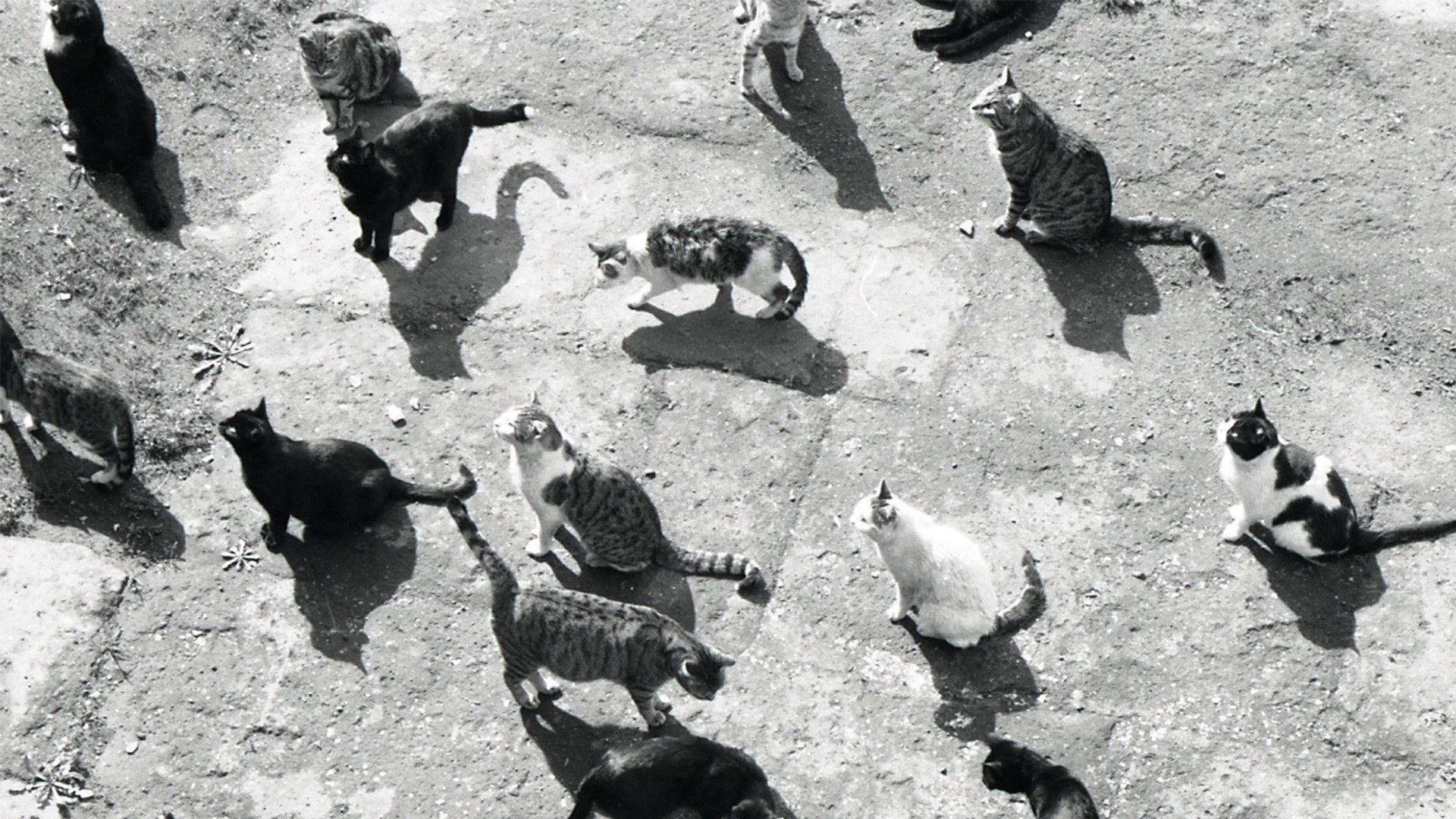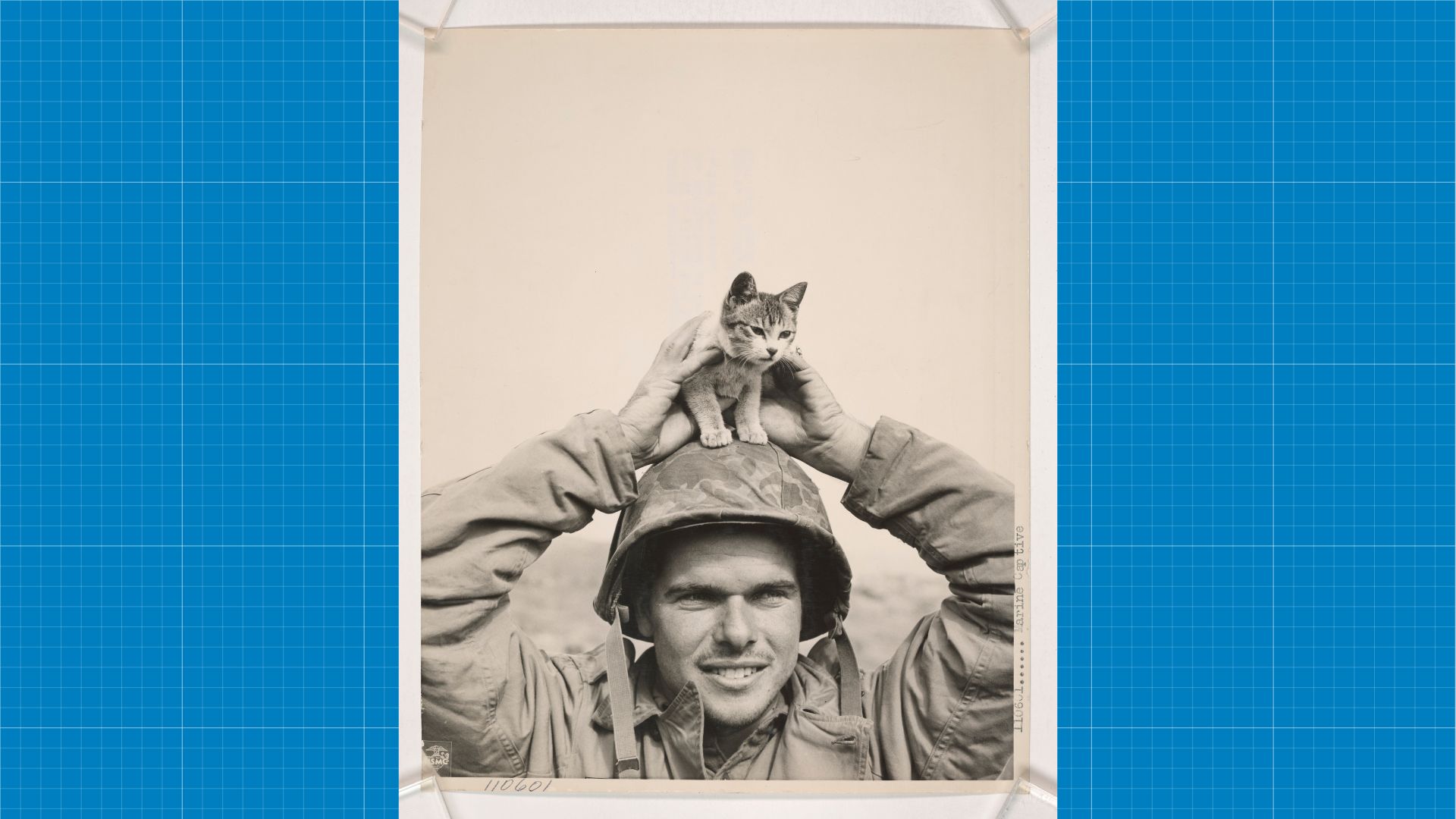Cats hold a special place as beloved pets worldwide, with over 74 million pet cats residing in the US alone. They top the list of popular pets in countries such as China, Russia, France, Switzerland, Indonesia, and many others.
With their endearing and clever demeanor, cats dominate our lives, homes, online memes, and the vast realm of the internet. Notably, the most viewed non-human entity on YouTube is a domestic cat named Maru.
Yet, have you ever wondered about the origins of this widespread adoration and how cats became household staples?
To uncover the answer to this intriguing question, one must journey back to the time when humans first began the process of domesticating cats.
The first pet cats

A study published in 2006 suggests that the tradition of keeping cats as pets has a long history.
“The modern domestic cat is the product of 11 million years of natural selection in a world free of people, and 12,000 years of natural selection in a world increasingly dominated by humanity,” the study authors note.
Felis sylvestris lybica, popularly known as the African wildcat is believed to be the ancestor of all domestic cats.
In 2004, archaeologists unearthed a cat buried alongside a human in a grave in Cyprus, an island nation located north of Egypt. Radiocarbon dating of the remains indicated an age of 9,500 years, making it the oldest known fossil of a pet cat.
Further evidence of cat domestication comes from ancient Egypt. In 1888, a farmer stumbled upon an astonishing 80,000 mummified cats in Beni Hasan, an Egyptian town. Subsequent excavations increased the count to 300,000 cat mummies.
Historical records suggest that approximately 3,000 years ago, Egyptians domesticated and venerated cats, integrating them deeply into their culture. They worshipped a deity named Bastet, depicted with a cat’s face, embodying love and fertility. Killing a cat in ancient Egypt carried a penalty of death.
Yet, Egyptians weren’t the sole civilization enamored with felines. Ancient Romans viewed cats as symbols of independence. They kept pet cats to safeguard their manuscripts from rodents and to control pests.
Even in modern times, all cats in Rome are safeguarded by law, with harming or killing them constituting a punishable offense.
The rise of pet cats in Asia
From Rome, domesticated cats soon reached China and India via different trade routes. Traders used to keep them on ships to protect stored food items from rodents.
Asian countries had a different environment, causing several changes in the genetic makeup of the Roman pet cats, and allowing them to spread and evolve faster.
Also, these places lacked wild cat species such as F. lybica, which led to the independent breeding of pet cats in Asia, contributing to the rise of several new tameable species such as the Birman and Siamese cats.
Marilyn Menotti-Raymond, a staff scientist at the National Institute of Health, studied the DNA differences between European and Asian pet cats and found evidence suggesting a history of 700 years of independent cat breeding in the two continents.
Today, cats are the pet animal in China and have become an inseparable part of Chinese culture, music, and art.
Cats had a difficult time in Europe

It is believed that Romans introduced pet cats in Scotland and other parts of Europe at the beginning of the Middle Ages.
In that era, numerous individuals viewed cats as symbols of the devil, witchcraft, and satanic practices.
The Catholic church played an aggressive role in spreading such superstitions. In one of their documents, they declared black cats an incarnation of Satan.
Such beliefs led to the hunting and killing numerous cats, causing a severe decline in their population.
Some researchers believe that the killing of cats also contributed to the Bubonic plague, which wiped out 30 to 50 percent of Europe’s population in the 14th century.
“In a particularly bizarre piece of irony, the killing of the cats helped fuel the spread of the plague. With the reduced number of cats to control the rodent population, the disease spread rapidly,” Daniel Compora, a professor at the University of Toledo, told History.
However, the hatred for cats didn’t last long because of the fast-spreading Roman influence in southern Europe. Romans began worshipping Isis, the Egyptian goddess of healing, love, and magic with, Diana, the Roman goddess of hunting and wildlife.
For Romans, Bastet (the cat-headed Egyptian goddess) was a savior of women and children; therefore, they considered her the companion of Isis.
“The Isis-Diana-Bastet religious cult was especially popular with women and spread throughout Southern Europe as the Roman Empire extended its reach. Thus the cat became an important symbol for a religion that became increasingly widespread,” the author of a 2021 study focusing on the history of cats in Europe, noted.
Rats, pests, and war made cats a favorite

Later, due to increasing farming and trade activities, people also began to recognize the importance of cats in protecting their goods from pests and rodents.
By the 19th century, practices like witch-hunting were banned in Europe and the US, and the literacy rate rose, resulting in a significant decline in cat-related superstitions.
During World War II, cats were appointed as “Chief Mousers” in many military buildings and offices to keep pests and rats away. Cats fulfilled their duties and bonded with officers and visitors who petted them or gave them food.
It is believed that after the war, when many army officers and other European migrants settled in the US, they kept cats as pets.
Some reports suggest that Christopher Columbus and his crew, the first Europeans to arrive in the Americas, also carried pet cats on their ship.
Cats are now among Europe and North America’s most popular pet animals. About 26 percent of households in the UK and 29 percent in the US, own at least one cat.
Through their endearing gestures and occasional outbursts, within a span of merely 12,000 years, they managed to captivate the hearts of hundreds of millions of people worldwide.
“There is a lot going on in the world, a lot of it unpleasant. Watching the cats romp about has become a reliable way to escape all that,” Farhad Manjoo, a columnist and a cat owner, wrote in The New York Times.
A report suggests that there are over 200 million pet cats on Earth.
Numerous owners find it difficult to envision their lives without cats, often treating these feline companions as beloved members of their family.














 25
25


